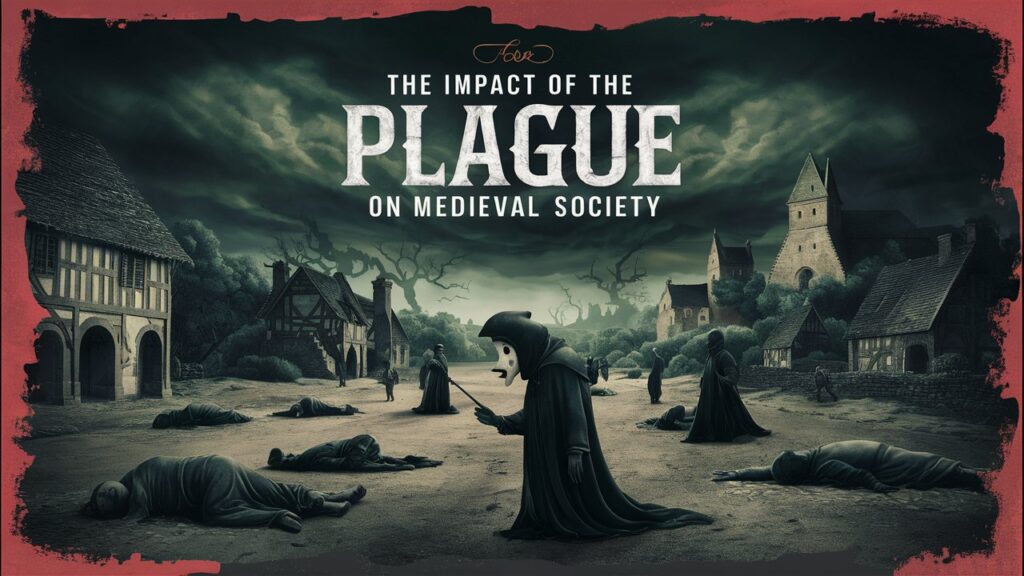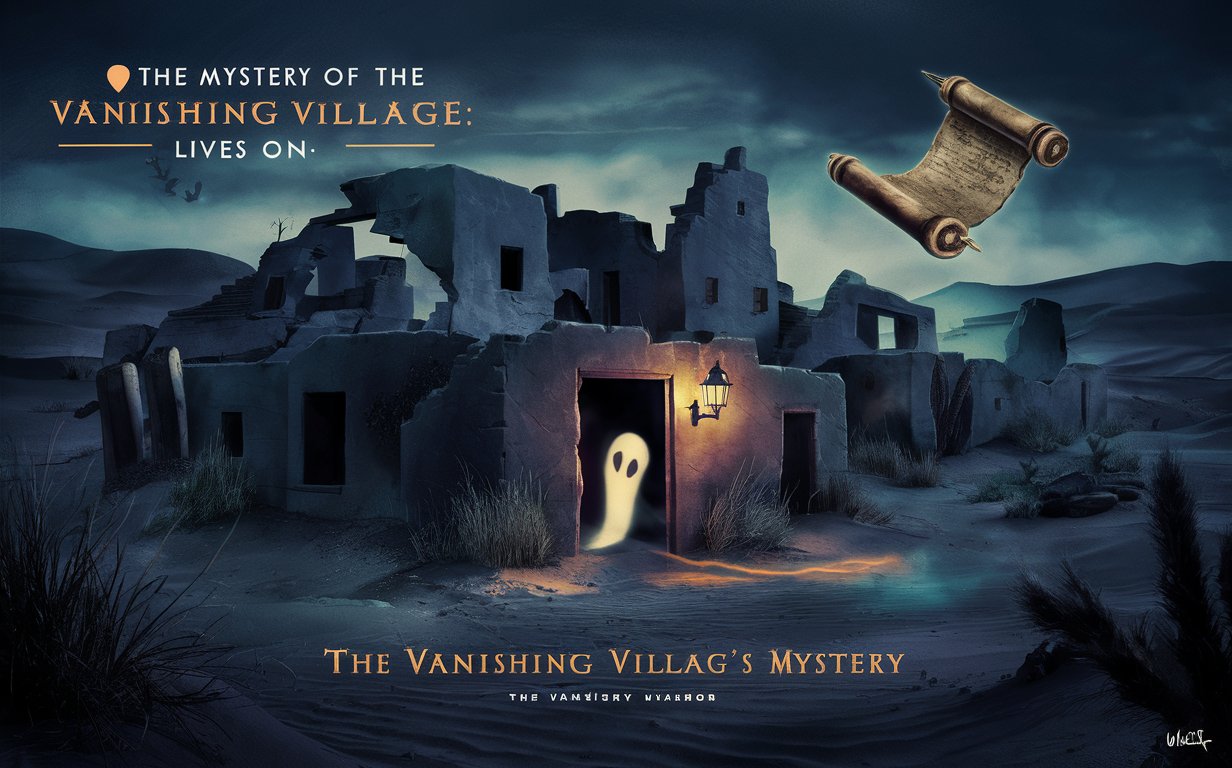The Impact of the Plague on Medieval Society

The Black Death, or the Plague, is one of the most devastating pandemics in human history. Sweeping through Europe, Asia, and Africa during the 14th century, the plague killed an estimated 25-30 million people in Europe alone—roughly one-third of the continent’s population. While the health and mortality impact of the plague are well documented, its social, economic, and cultural effects on medieval society were equally profound and far-reaching. This article explores how the plague shaped the medieval world, forever altering its political structures, economies, and culture.
The Spread and Causes of the Plague
The Black Death first arrived in Europe in 1347, when ships carrying infected rats and fleas docked at the port of Messina in Sicily. The plague was caused by the bacterium Yersinia pestis, typically transmitted through flea bites. Once introduced, it spread rapidly across Europe, carried by trade routes and armies, devastating entire communities. The disease manifested in several forms, including bubonic, septicemic, and pneumonic plague, each with a high mortality rate.
Though its immediate cause was biological, the plague’s aftermath was driven by the social, political, and economic conditions of the time. In addition to the horror of the disease itself, medieval society’s limited medical knowledge and superstition about the causes of the plague contributed to widespread fear and chaos.
Social Effects of the Plague
The plague had profound social consequences, dramatically altering the structure of medieval society.
A Breakdown of Social Order:
The sudden and massive loss of life caused social upheaval. Entire villages, towns, and cities were depopulated, and survivors struggled to maintain social order. In some places, local governments collapsed, and lawlessness spread as people fled to the countryside or tried to escape the disease by any means necessary.
Moreover, the loss of life among all levels of society—from nobles to peasants—led to a breakdown of traditional social hierarchies. With so many dead, survivors found themselves in new positions of power or responsibility. This shift in the social structure weakened the feudal system, which had been the foundation of medieval society for centuries.
The Rise of Peasant Revolts:
The Black Death also contributed to a series of peasant uprisings and revolts throughout Europe. With the dramatic reduction in the labor force, surviving peasants and workers began demanding higher wages and better living conditions. The Statute of Laborers in England (1351), for instance, attempted to suppress wages and restrict the movement of laborers in an attempt to control the shrinking workforce. These measures, however, only fueled unrest and resentment among the lower classes, leading to notable uprisings like the Peasants’ Revolt of 1381 in England.
Economic Consequences
The impact of the plague on the medieval economy was devastating but transformative.
Labor Shortage:
The plague caused a severe labor shortage as millions of people died. This shortage of workers led to the decline of agricultural production, which was the backbone of the medieval economy. Landowners, faced with empty fields and a lack of workers, began offering higher wages to attract laborers. This shift in the balance of power between landowners and workers undermined the traditional feudal obligations and hastened the end of serfdom in many regions of Europe.
In the cities, craftsmanship and trade were also affected, as merchants and artisans died or fled the plague. Some regions faced supply shortages, while others saw an increase in the prices of goods and services. The result was a restructuring of the medieval economy, with a growing middle class and the decline of feudalism.
Urbanization and the Growth of Trade:
Despite the initial economic hardship caused by the plague, there were longer-term effects that helped reshape the medieval world. The labor shortage and the subsequent rise in wages created opportunities for social mobility, particularly in urban areas. As more people sought work in towns and cities, urban centers grew, leading to the expansion of trade networks and the beginnings of a more capitalistic economy.
Moreover, the disruption caused by the plague prompted many regions to shift their economic focus, with some focusing more on international trade as a way to recover from the crisis. Cities like Venice, Florence, and Genoa became powerful economic centers, helping to lay the groundwork for the Renaissance in Italy.
Religious and Cultural Impact
The Black Death had a lasting influence on medieval religion and culture, as it raised profound questions about life, death, and divine will.
Loss of Faith and Religious Reformation:
For many, the plague was seen as divine punishment for the sins of humanity. The Church, which held immense authority during the medieval period, struggled to provide answers or comfort to those affected by the plague. As priests and monks died alongside common folk, some began to question the Church’s ability to protect them from the horrors of the disease.
The decline in trust in the Church contributed to religious reform movements in the later part of the medieval period. The Great Schism (1378-1417) and the Rise of Heretical Movements, such as the Lollards in England and the Hussites in Bohemia, were partly influenced by disillusionment with the Church’s inability to provide guidance during such a catastrophic event.
In addition, the mass death caused by the plague led to a significant increase in religious rituals such as prayers for the dead, processions, and flagellation. Some individuals believed that by punishing themselves, they could appease God and end the plague. These rituals reflected the deep psychological and spiritual crisis caused by the widespread suffering.
Art and Literature:
In the wake of the plague, there was a cultural shift in the way people viewed life and death. The Dance of Death (Danse Macabre) became a common motif in art, symbolizing the inevitable and equalizing nature of death. Writers like Geoffrey Chaucer in his Canterbury Tales and Boccaccio in The Decameron addressed the social upheavals and human mortality caused by the plague.
This period also saw the rise of new philosophical and artistic movements that focused on the transience of life and the fragility of the human condition, laying the groundwork for the Renaissance. The plague’s wake helped foster a new individualism and a greater emphasis on human experiences, themes that would dominate art and thought for centuries.
Long-Term Effects: The Road to Modernity
While the plague had immediate devastating effects on medieval society, it also set in motion long-term changes that would ultimately shape the course of European history. The shift in the labor force, the weakening of the feudal system, and the rise of a more market-driven economy all contributed to the dawn of the Renaissance and the beginning of modern Europe. Additionally, the psychological and social effects of the plague led to a greater focus on humanism, individualism, and science, which would be key factors in the intellectual movements of the 16th century and beyond.
Conclusion: A Dark Chapter with Enduring Consequences
The Black Death profoundly impacted medieval society, causing social upheaval, economic restructuring, and religious questioning. While the immediate aftermath was devastating, the plague ultimately contributed to the transition from the medieval to the modern era, influencing everything from social structures to cultural movements. The legacy of the plague can still be felt today, as its catastrophic effects reshaped the course of human history and influenced the development of Europe in the centuries that followed.



Post Comment